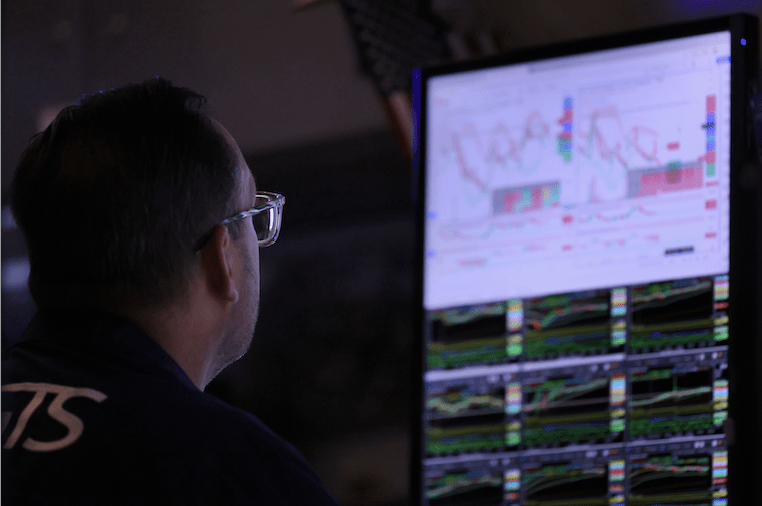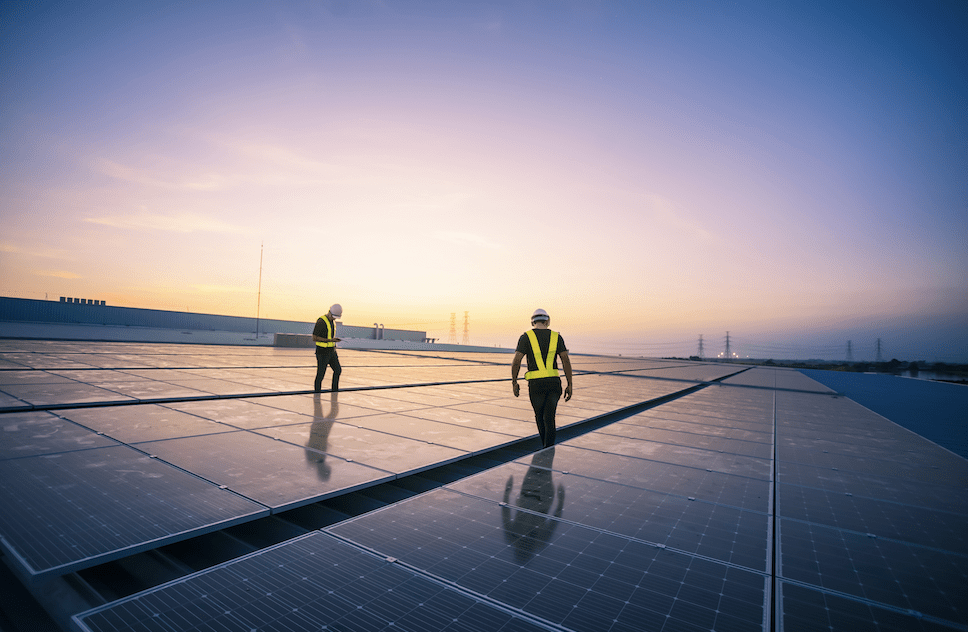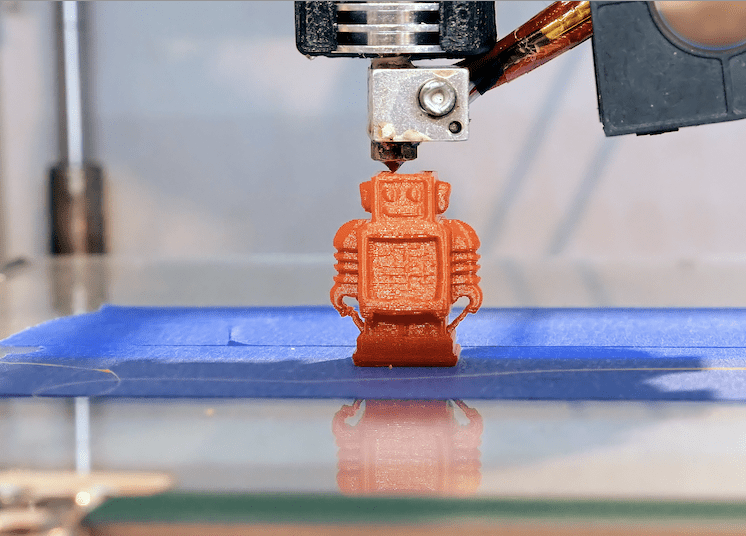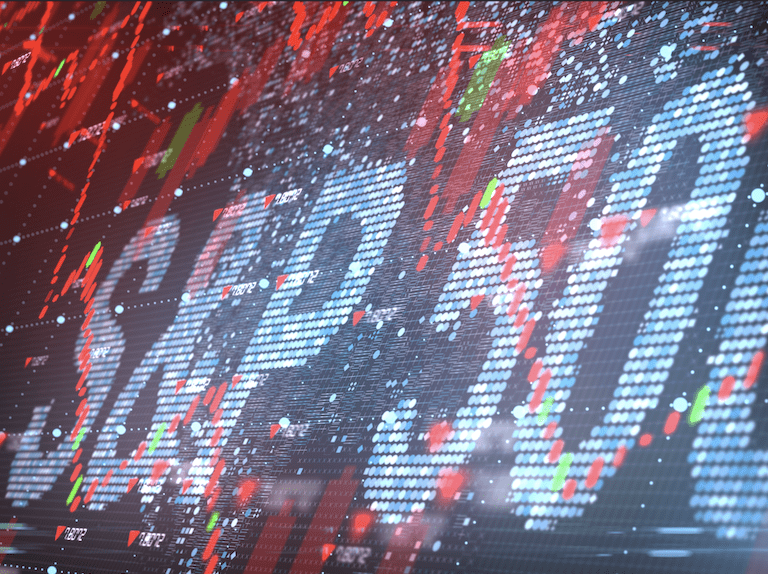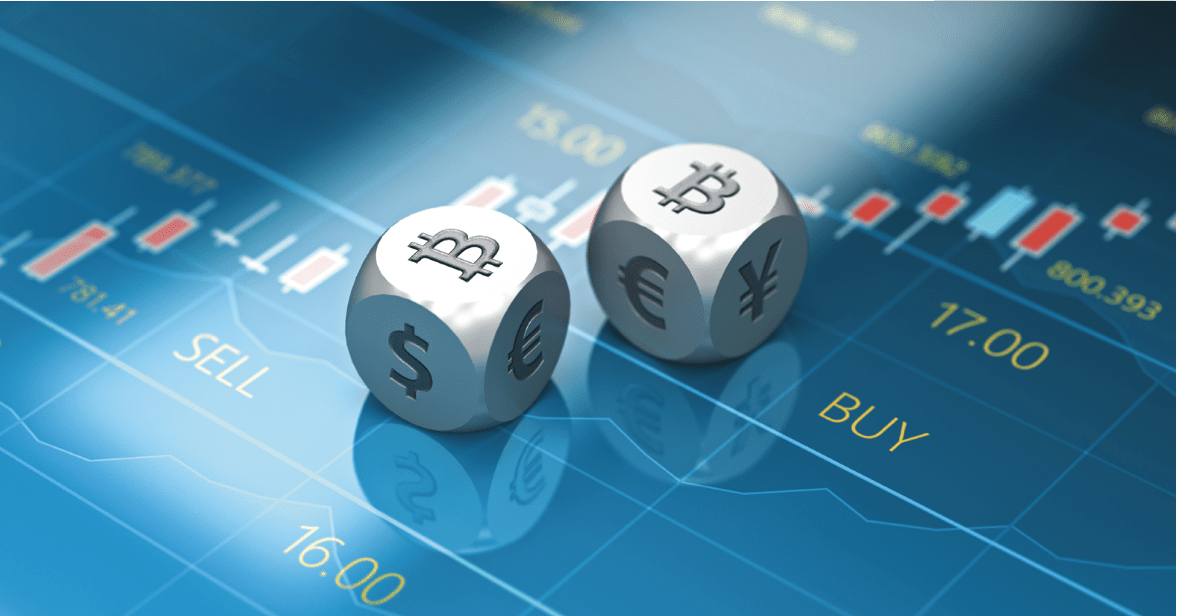From Musk to Dawn
My early experience with Elon and the many phases of Tesla
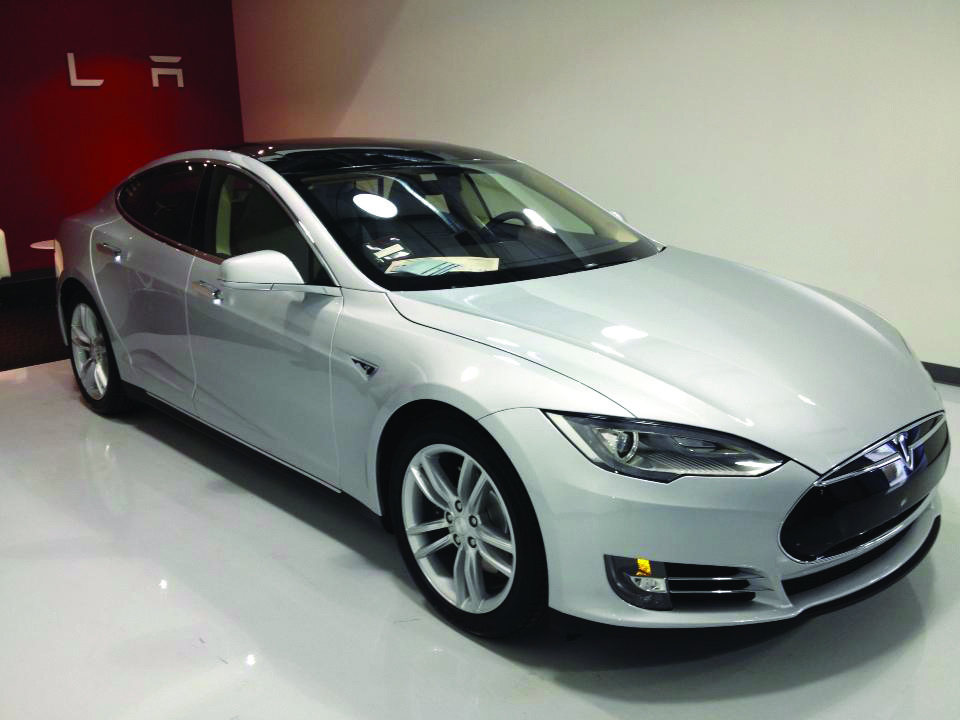
It was back in 1999 that I met Elon Musk. In those days, hardly anyone knew who he was, but he had already built a company called Zip2 in Palo Alto, California. During the startup he consumed a sandwich every night from a Jack in the Box restaurant on El Camino Real.
Musk had made $22 million from that company, so I was excited to shake his hand and try to convince him his new online bank, X.com, should use the charts provided by my tiny company, Prophet Financial Systems. He decided he didn’t need them and that was that.
X.com didn’t exactly succeed, but Musk still found a way to make it pay off handsomely. He merged it with Paypal (PYPL) and got even richer when the resulting company went public. He had joined the fabled “Paypal Mafia” that also included business icons Peter Thiel, Reid Hoffman, Chad Hurley and Max Levchin.
I had only that one handshake with Musk, but my relationship with his companies was far from over. In 2008, the CEO of the firm that had acquired Prophet decided it would be fun for us to visit the world’s only Tesla dealership, which was just a mile from our office. At the time, Tesla had one product, the Roadster, which was essentially an electrified Lotus Elise two-seat sports car. The company sold only 147 of them in the first year.
Still, visiting the pristine dealership was remarkable. Even the repair shop in back was free of the usual automotive grease and grime—you could pretty much eat off the floor, and it made a lasting impression.
In fact, it was one of the reasons I chose a Tesla four years later when I decided to take the plunge and buy my first electric car. With tax, it came to about $100,000, but it was so gorgeous and exciting that I thought the company could charge three times that much and still sell them.
The car pictured (left) was waiting for me when I toured the Tesla factory. Musk had bought the place for a pittance when General Motors went bankrupt during the financial crisis. Tesla was using about 10% of the building’s space when I visited in 2012 but would soon grow into the facility.
Tesla’s cars were virtually unknown when I bought mine, and it attracted a lot of attention when I drove it. Hardly anyone had ever seen one before, and they seemed exotic.
But that’s certainly changed. Tesla products have become a common sight, and the name has become synonymous with luxury electric cars.
My personal experiences with Musk and his products aside, let’s review the dozen years Tesla (TSLA) has been a public entity. I perceive seven discrete phases of its lifespan as a tradeable security.
1. The quiet dawn
From June 2010 to March 2013, Tesla’s stock increased in value from about $2.00 to $2.50. (These prices are adjusted for stock splits; The first one, a 5-for-1 on Aug. 31, 2020, and the second, a 3-for-1, on Aug. 25, 2022).
While a 25% increase in price is welcomed, it isn’t exactly a noteworthy performance over the course of three years for a speculative new company with disruptive technology. The stock meandered during that time but didn’t attract much attention because there was nothing extraordinary about its price performance.
2. The first rally
Tesla’s stock eventually exited the doldrums. In less than a year—from March 2013 through February 2014—it climbed from $2.50 to nearly $20, an increase of about 700%. The world fixed its gaze on the company and its CEO and has yet to divert its eyes.
3. The malaise
The company’s fantastic gains quickly stalled. After the astonishing lift the stock had in less than 12 months, it entered an era of dullness lasting from February 2014 through October 2019, a span of nearly five years. Its price remained essentially unchanged for half a decade.
In other words, you could have bought Tesla in February 2014 for $17 and five years later would have seen 0% profit, even after enduring some pretty nasty dips along the way. The buzz around Tesla’s stock had faded, and it ground along trying to form a base.
The company suffered from bad press and was plagued with production problems. It famously stumbled along in what came to be known as “production hell” for the Model 3, which Musk has described as perhaps the worst time in his life.
4. The second rally
The Phase 4 boom blasted off from Phase 3. After years of going nowhere, Tesla soared from $17 to $412, a move of about 2,300%, from October 2019 through November 2021, a period of merely two years.
Those absolutely eye-popping returns made Musk famous as by far the richest man in the world. Tesla became the absolute darling of Wall Street and a member of the elite “Trillion Dollar Club” of companies with 13-figure market capitalization. It seemed Musk and Tesla could do no wrong.
He became so cocky about the stock’s performance that he issued Tesla-branded red satin shorts to chastise any of the bears who had “shorted” the stock on its amazing ascent and turned into fiscal hamburger in the process. The satin shorts quickly sold out, as did any of the other Tesla swag, and 20,000 infamous flamethrowers from The Boring Co., another of Musk’s ventures.
5. The wipeout
Although Tesla had plenty of ups and downs during its first decade as a public company, it had never experienced a bear market until late 2021. After the stock peaked at $414.50 on Nov. 4, 2021, it commenced a brutal slog of “lower highs and lower lows” which is the classic characteristic of a long-term downtrend.
Grinding away for thirteen months, the stock finally bottomed on Jan. 6, 2023, at a price of $101.81, a loss of 75%. Those who prided themselves on having “diamond hands” found their portfolios laid to waste because the stock had been thrown back to its level of July 2020.
6. The recovery
After bottoming in January 2023, Tesla mounted a hearty but uneven recovery. It bounced sharply for just one month, eased back for a couple of months while it gave up some of those gains and then blasted higher through July, adding almost 200% to its price. Although it was still 25% beneath its lifetime peak, the rebound helped restore confidence in the company, its products and its leader.
7. The new slog
That recovery lasted half a year, and Tesla subsequently started burning up its gains again, slipping from almost $300 in July 2023 down to $180 in January 2024. In other words, most of the gains of Phase 6 were gone in the six months that followed, although the stock was still appreciably higher than its January 2023 nadir.
Concerns began mounting that Tesla’s large increase in sales and profits were quickly weakening and that its new generation of cars was a couple of years away from making any meaningful difference in revenue. Thus, even though its revenue and profit were vastly higher than three years earlier, the stock price was, in fact, the same as it was three years before.
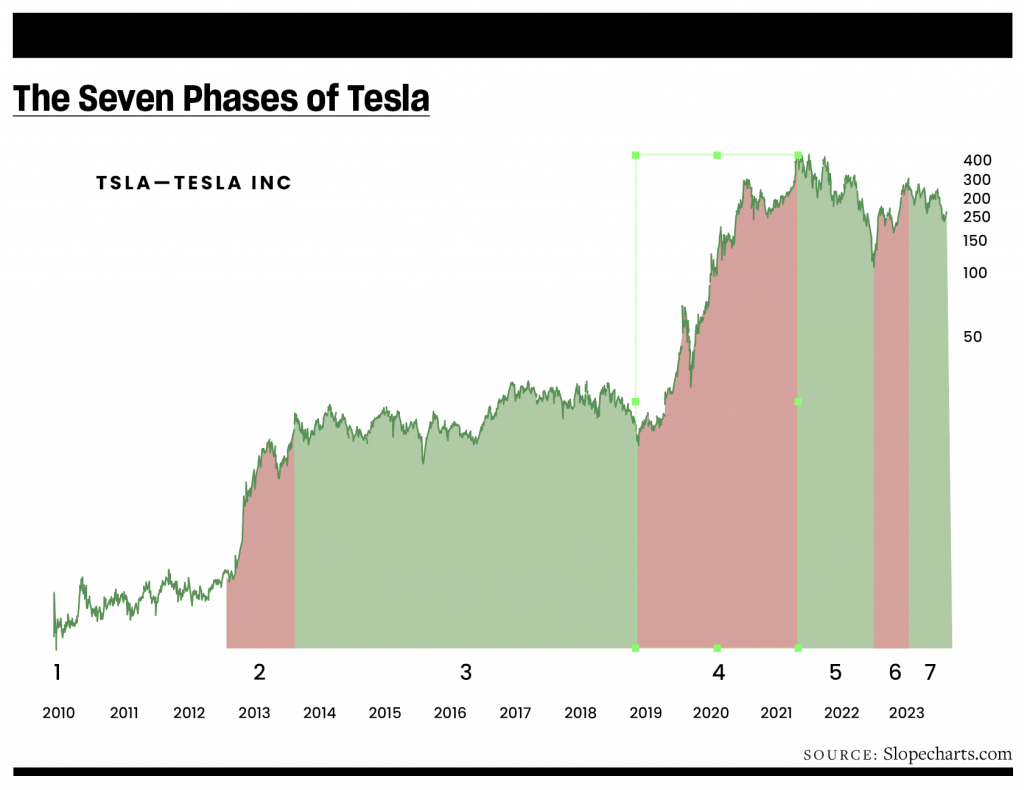
The full picture
The chart of Tesla’s history shows all seven of its phases and indicates it has been an uneven ride. Investors who bought shares in 2020 and hung on into 2024 may well have been left with a meager profit or, just as likely, a loss.
Those lackluster results have convinced some observers Tesla may no longer deserve membership in the “Magnificent Seven,” a group of companies with high-performing tech stocks that also includes Apple (AAPL), Amazon (AMZN), Alphabet (GOOGL), Meta Platforms (META), Microsoft (MSFT) and Nvidia (NVDA).
No one knows Tesla’s future. But based on its lengthy history, the company may have entered a new Phase 8 that will come to resemble Phase 3. It’s probably going to spend a while—years, probably—grinding away in a rather large range and buffeted this way and that by overall market direction. Its fate will also hinge on its own product successes and failures and, perhaps most importantly, the adoption of its self-driving technology.
Full Self Driving (or FSD) has become a running joke with Tesla naysayers because Musk has been pledging for many years that the technology would soon be perfected.
Despite tremendous progress at the company, doubters seem to outnumber or at least out-shout the true believers.
By 2028, Tesla could be far and away the most valuable company on the planet. Bigger than Microsoft. Bigger than Apple. Bigger than Aramco. That may sound like utter lunacy because Tesla has been the only “dog” in the Magnificent Seven and Musk has become the object of incredible public animosity.
But if you asked 100 people to name the CEOs of the Magnificent Seven, most couldn’t come up with anyone but Musk. Not many would remember the names of Sundar Pichai or Satya Nadella.
Musk is a visionary whose influence will ultimately be greater than that of Apple’s late Steve Jobs. Tesla may be in the doghouse right now, but Phase 9 could bring a new dawn of unimaginable success and prosperity.
Tim Knight has used technical analysis to trade the equity and options markets for decades. He founded Prophet Financial Systems and created the website slopcharts.com, which offers free access to his charting platform. @slopeofhope







